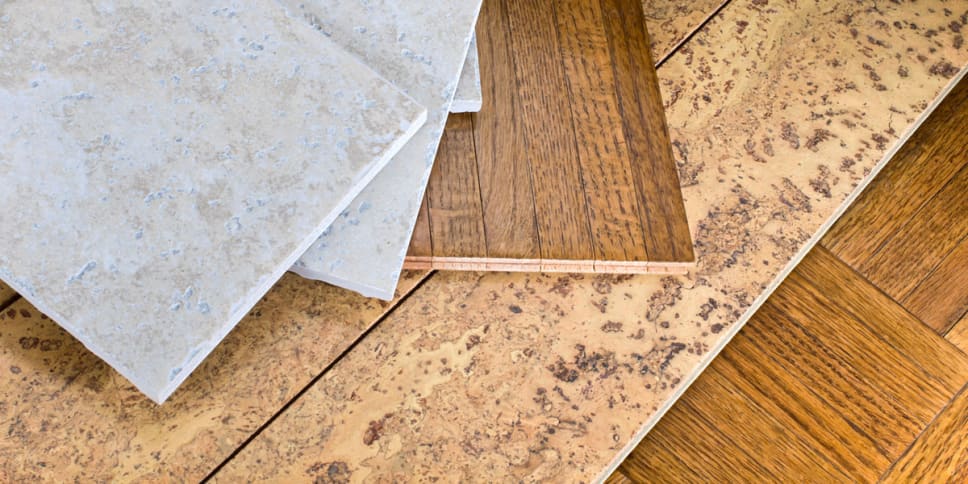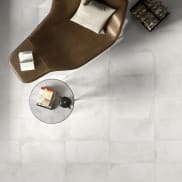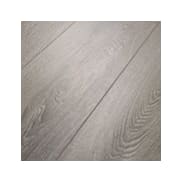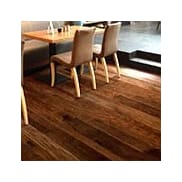5 Alternatives to Traditional Hardwood Floors

Whether you live in a townhouse, condominium or single-family home, proper floor care is essential to getting the most out of your living space. However, traditional hardwood flooring is typically a costly investment that many homeowners simply don’t want to make. As a result, many property owners these days are doing away with hardwood floors in favor of more affordable alternatives.
To determine which material is right for your home and lifestyle, the following list provides details on budget-friendly alternatives to hardwood floors, as well as useful tips and tricks for cleaning or maintaining to help ensure that you get the most life out of your newly renovated floors.
1. Cork Flooring
An increasingly popular choice for home renovations is cork flooring, a completely renewable alternative that is available in both tiles and planks. Known for having a natural ability to insulate and absorb loud noises, it repels insects, mold and mildew while providing unique, cushioned coverage for your floor.
Regrettably, this same aspect of soft comfort is also what makes cork flooring an ill-suited option for high-traffic areas in your home. Other potential downfalls to this material include dents from heavy furniture, a low tolerance to humidity and a mandatory lining underneath.
In terms of cleaning and floor care, cork is easily maintained by sweeping or vacuuming at least once a week, but be sure to clean up liquid spills immediately with a gentle, pH balanced product to avoid permanent stains or swelling. You may also have to reapply wax or protective finishes once or twice per year or follow the instructions provided by he manufacturer.
2. Vinyl or Laminate
For those who are looking for the visual appeal of wood or stone without the devastating prices and upkeep, synthetic materials such as vinyl and laminate offer convenient floating floor installation and accurately duplicate the texture of most natural elements.
They are both highly resistant to stains and discoloration due to spills or sunlight, making them ideal for areas that experience heavy foot traffic in your home. Vinyl, however, is highly susceptible to gouges and may bubble after installation, while laminate flooring may scratch easier and, unlike wood, cannot be refinished.
Although synthetic floors are not guaranteed to last a lifetime, their initial cost and the ease of maintaining them is a trade off most homeowners are willing to make. Both types of material can be swept as frequently as necessary, but laminate should be mopped with non-slip cleaners or watered-down Windex to avoid dangerous falls. Vinyl, on the other hand, responds well to almost any standard cleaning product on the market.
3. Ceramic Tile Floors
Commonly used in kitchens or bathrooms, ceramic tiles have become more versatile for floor renovations throughout the entire house. In fact, tiles come in a variety of shapes, sizes and textures, with protective glazes that prevent the penetration of water and stains. From mosaic to patterns, or the look of wood or natural stone, there is a wide assortment of tile options available to provide you with an near limitless amount of design possibilities.
Homeowners can even replace individual tiles quickly and conveniently, but it must be noted that some tiles made by a manufacturer may exhibit slightly different attributes each time they are produced. Ceramic tiles also do not retain heat, a factor some people find unpleasant when the weather gets too cold.
If you would like to install ceramic tiles in your home, be prepared to seal the grout to prevent the growth of mold or mildew. As far as weekly maintenance, vacuum or sweep with a soft broom at least once per week and conduct a thorough scrubbing with heavy duty cleaners whenever needed. Just be sure to keep mops and rags free of grease, as well as thoroughly allow to dry before walking on to prevent slipping.
4. Bamboo Floors
Frequently celebrated as a less expensive, sustainable wood product, bamboo is a common form of flooring that still demonstrates classic beauty and appeal. It can be made using methods that showcase a range of natural textures and characteristics, but also adapts well to coloring through the use of stains or carbonization.
Furthermore, shoots that are older result in thicker, sturdier boards, leaving young, fast-growing plants to complete the cycle of development more quickly. Unfortunately, American companies must enforce strict regulations on imported bamboo to maintain a certain level of quality and reliability. Foreign manufacturers tend to charge higher rates for international shipping and sometimes operate under questionable conditions.
To prevent scratches from dust and grime, use area rugs or runners for extra protection and sweep with a soft broom at least once a day. In addition, small amounts of water or the use of hardwood cleaners are safe for weekly mopping or cleaning up spills. It would be wise to avoid footwear that might scar the bamboo, such as soccer cleats or high heels.
5. Carpet Tiles
No matter what type of flooring you already have, carpet tiles are cheap and effortless to install and come in a number of colors, patterns, and textures. Unlike traditional carpet that is one solid color throughout the room, this type of flooring allows you to piece together your own unique design.
Additionally, homeowners save on expensive floor treatments by simply replacing sections that are too worn or stained. Installation entails little more than small, sticky adhesives to construct a floating floor, but this same feature may also lead to peeling, shifting or gaps over an extended period of time.
To properly maintain carpet tiles in any room, get rid of dirt and allergens that are trapped in the fibers by vacuuming at least once per week, or more if you suffer from severe allergies. For problem areas or spills, keep a mild detergent or carpet cleaner on hand as well. Excess moisture should be blotted away prior to treatment, and wet tiles must be dried thoroughly to prevent mold and keep your carpet fresh.
Final Thoughts
Renovating old floors doesn’t have to be expensive, time-consuming or stressful, especially if you go with one of these popular, low-cost alternatives. Take time to learn about the characteristics of different materials and know what to expect when it comes to proper floor care and cleaning products. With so many alternatives available, you may not even want hardwood floors ever again.




